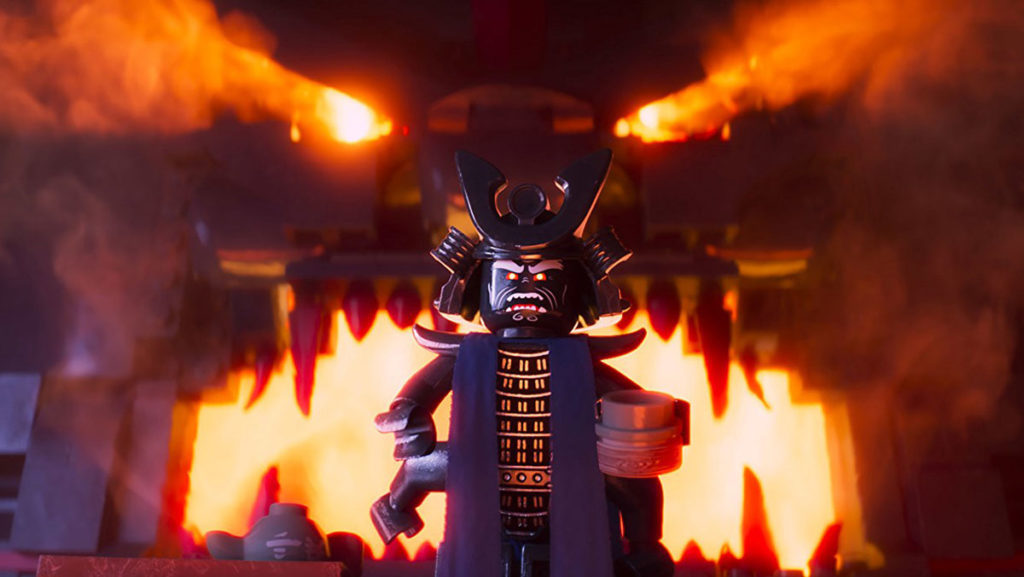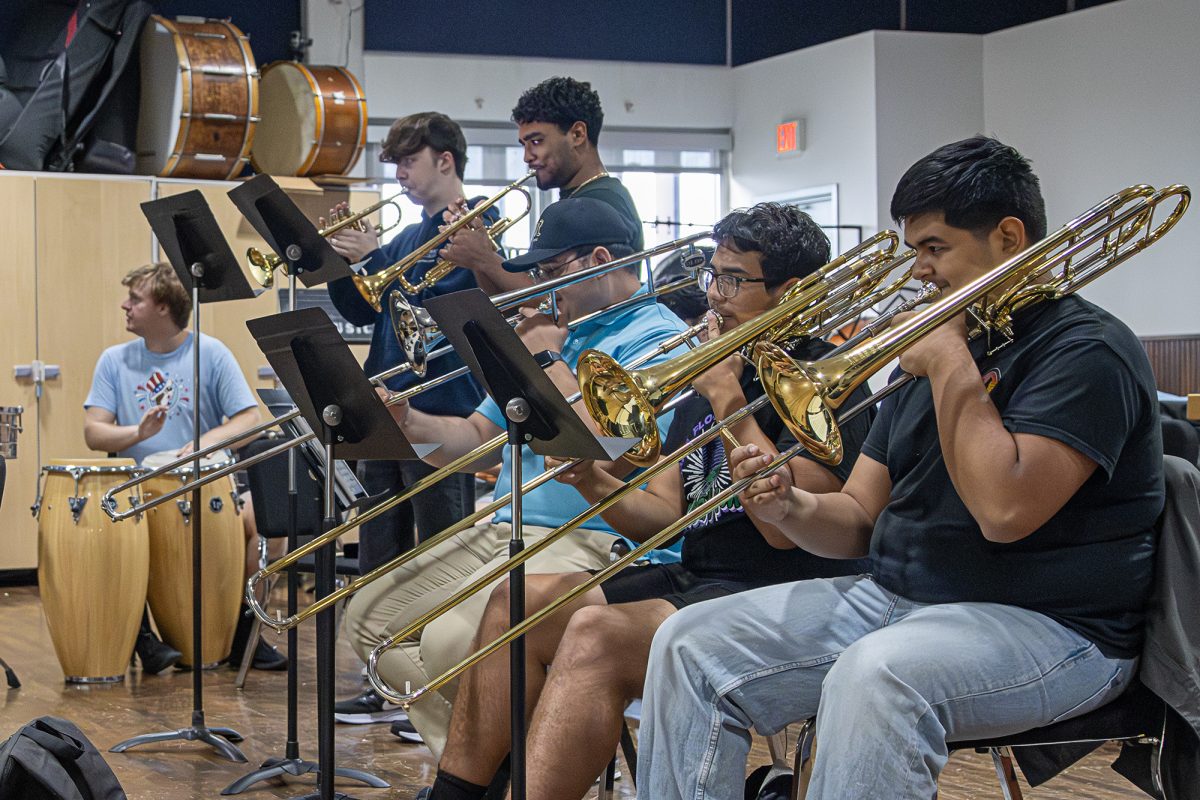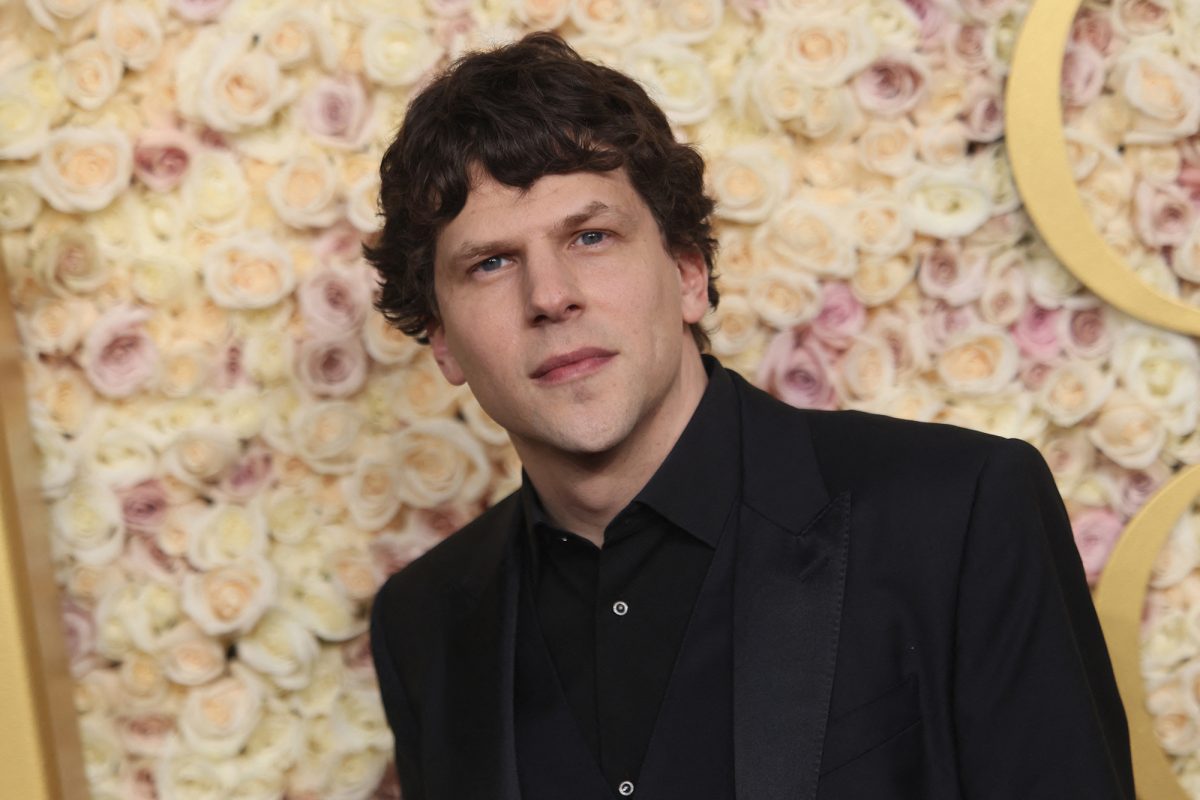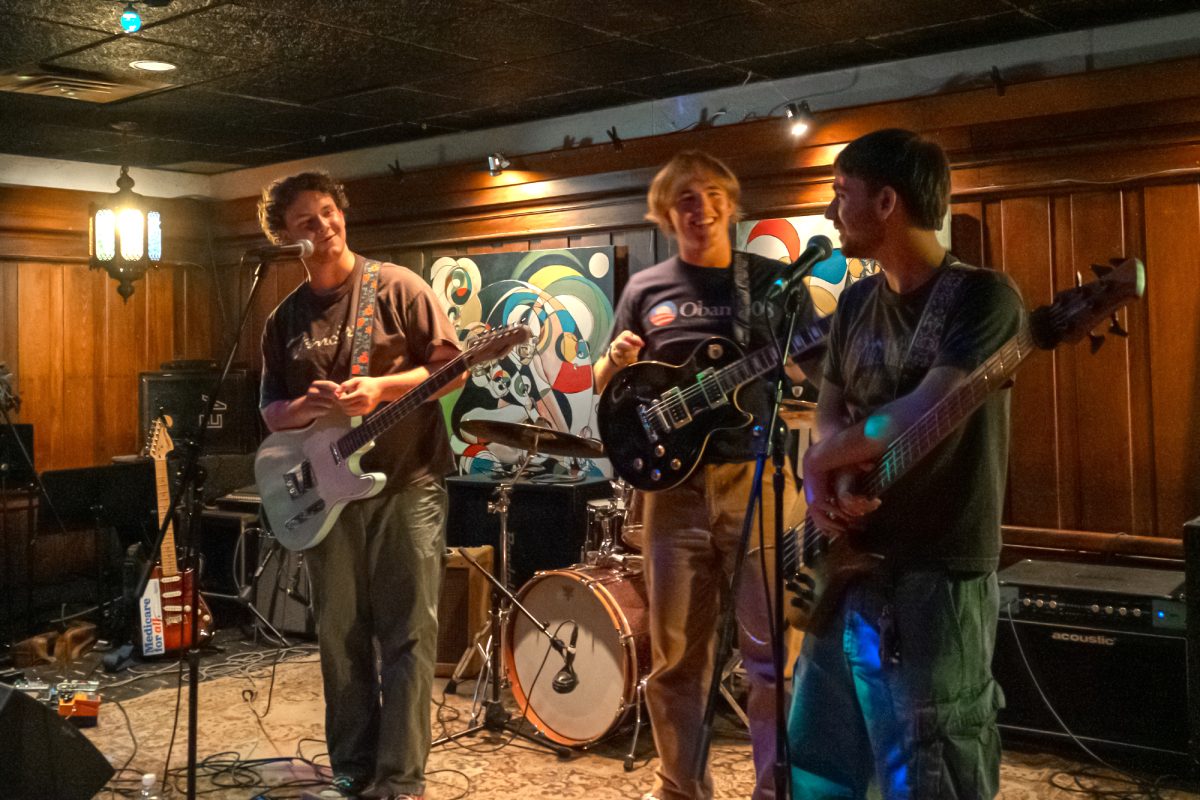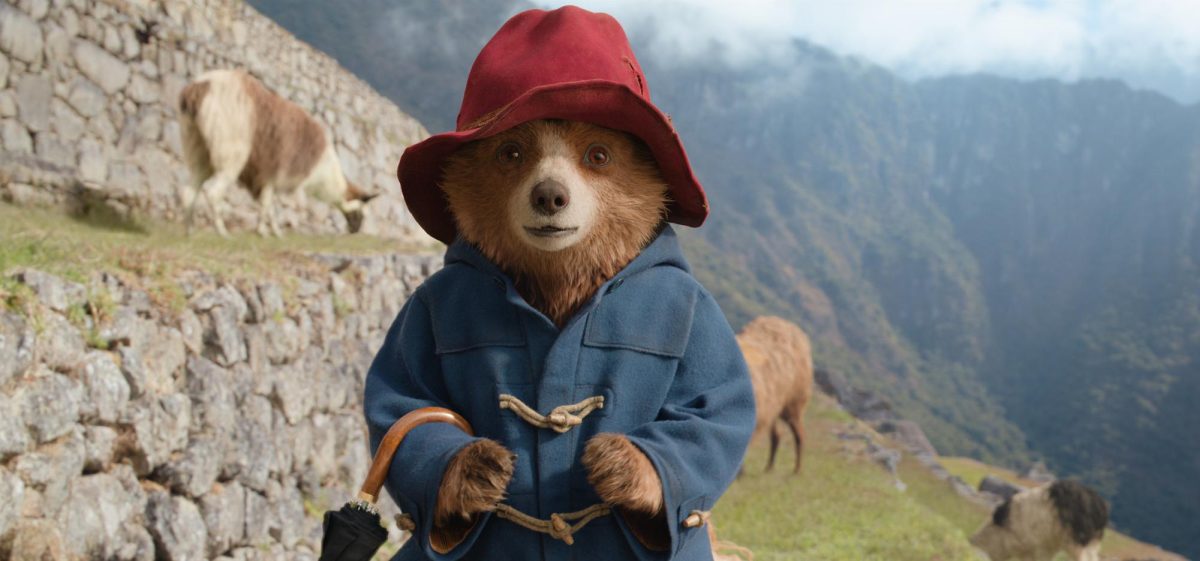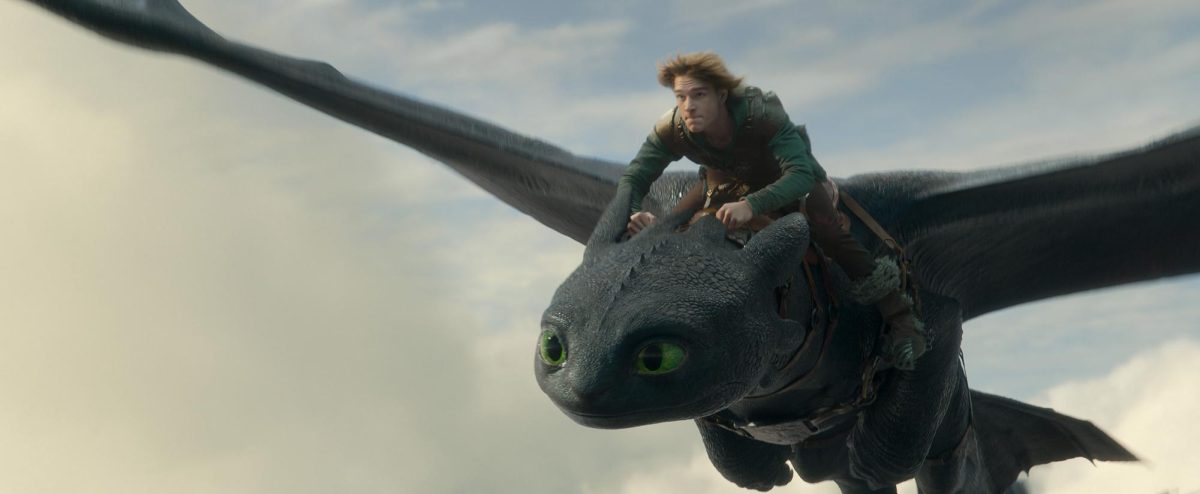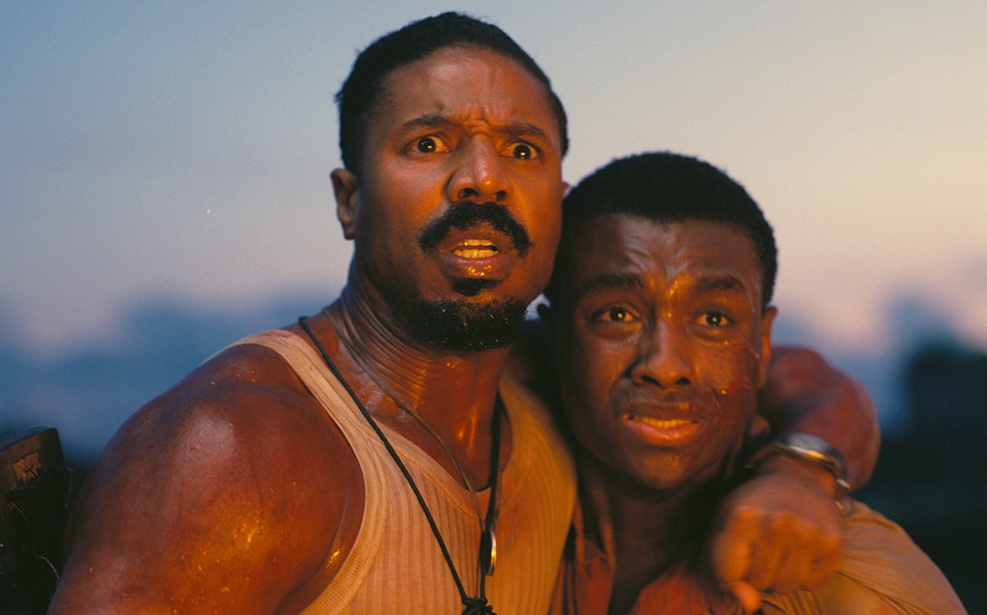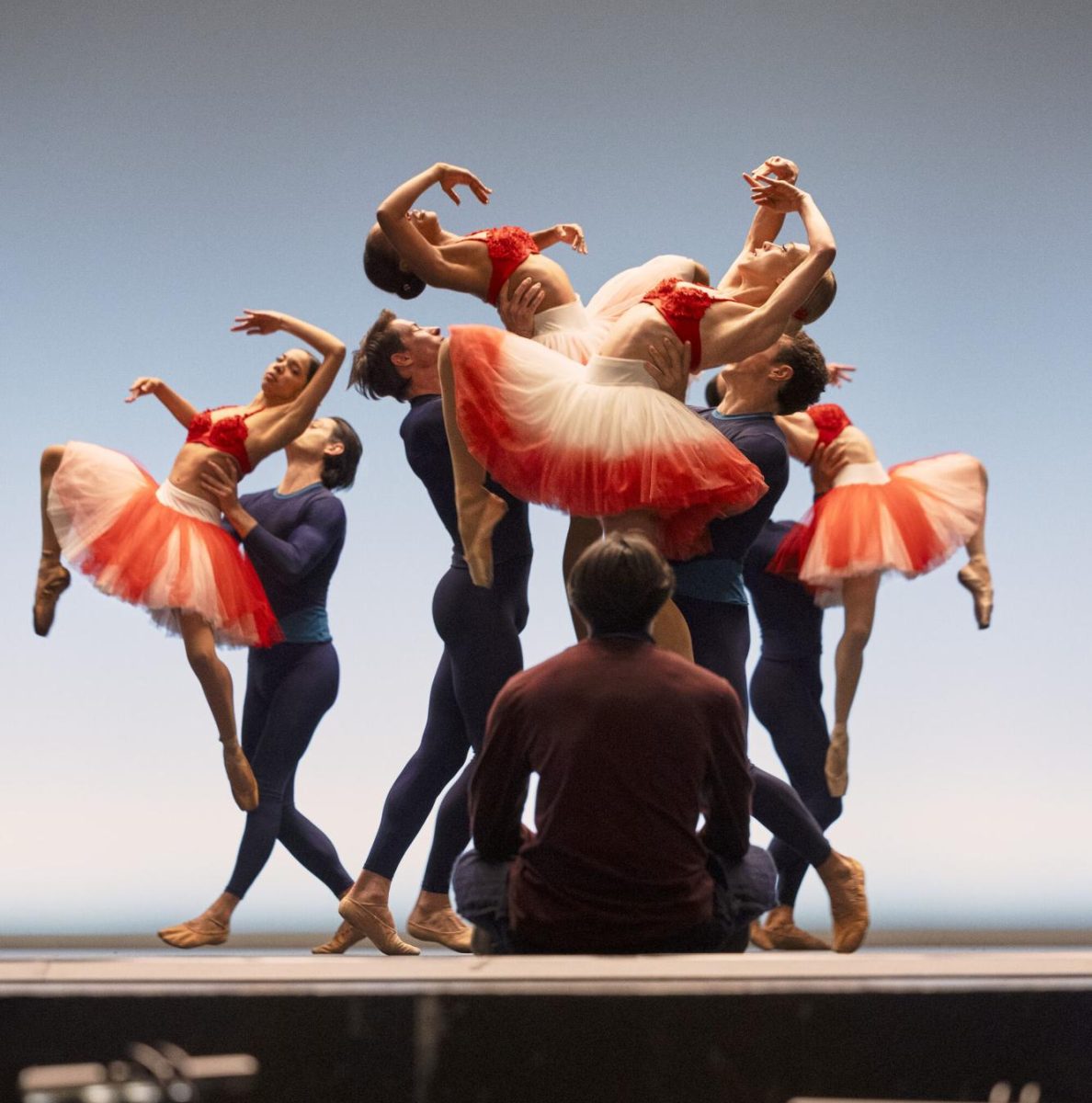Here’s a movie pitch: A group high school friends secretly get together after school to be top secret, color–coded, mech ninjas that protect the world while being taught by a wise old Kung Fu master. Basically, “Power Rangers,” but rendered in Lego.
“The Lego Ninjago Movie,” based on the long–running show and toy sets by the same name, follows Lloyd (Dave Franco) as he defends his home city of Ninjago from the evil Lord Garmadon (Justin Theroux). The twist? Lord Garmadon is Lloyd’s father, and the whole city hates him for it. The movie starts in earnest when Garmadon learns that his greatest adversary is his son, and the two must then mend their fractured relationship to save the city from a new threat.
Ultimately, the biggest flaw in this film is that it exposes the formula of the Lego movies. “The Lego Ninjago Movie” includes the same absentee father figure, surprise, real–world elements and constant self–parody from “The Lego Movie.”
Though this idea was anarchic and exciting in “The Lego Movie,” audiences have seen already seen that story. The first movie was a trailblazing film for the studio. It demonstrated how constant winks to the audience and loads of heart can make the inherently gross idea of a branded Lego movie palatable, and even fun. But, now three movies deep, “The Lego Movie” formula feels tired.
Unfortunately, “The Lego Ninjago Movie” decides to simply follow the trail left by its predecessors, content with the fact that it’s an inferior movie built for a younger demographic.
This isn’t to say that the movie doesn’t have charm. Many of the jokes are genuinely inspired and proof that a feature–length “Power Rangers” spoof works far better than a serious take on the franchise. However, many of the jokes are uninspired. The film often falls back on trite parodies of anime, kung fu and superheroes. It may seem fresh to younger viewers, but to an older audience, it’s nothing new. The studio’s decision to skew younger has also lead to an unbearable, wannabe pop soundtrack.
To its credit, it is a beautiful movie. It incorporates more of the real world than prior Lego movies, and it works. The real water and plant life scenery incorporated in the film look surprisingly vibrant against the Lego characters and structures.
The action sequences are as bombastic as ever. A hand-to-hand fight between Master Wu and Lord Garmadon is a clear standout. However, the movie feels like it’s trying too hard to sell toys to the audience by bombarding them with endless amounts of power suits and Lego dragons, which takes some of its charm away. “The Lego Ninjago Movie” also feels more limited in scope. Only one object is ever built on screen by the characters, and everything just feels smaller overall. It feels less like a full world and more like a playset.
What makes this movie stand out is that it explores the father–and–son relationship far more deeply than its predecessors. Garmadon and Lloyd’s dynamic forms the emotional heart of the film and redeems some of the movie’s clear consumerism. Unfortunately, the exploration of these two comes at the cost of developing any other characters. The most obvious victims are Lloyd’s friends. None of these characters, except for the robot Zane (Zach Woods), have clear identities. They’re just given broad stereotypes and spend the entirety of the movie spouting quips, none of which play off their different archetypes. For instance, one of Lloyd’s friends’ only characteristic is that he likes turntables. No joke was ever made out of this, and he had zero relevance to the plot. If he was cut entirely, Lloyd’s nearly identical friend with fire powers could have been developed instead. It would have been better to have a few developed characters than too many underdeveloped ones.
The movie also lacks clear, concise world–building. A frustrating amount of important questions are never answered. How long have these character been a team? Do they even have martial arts training? How did they learn to make mechs? Did Master Wu teach them? This is just the tip of the iceberg. While it’s possible that the television show gives all of this context, as a standalone film the world just feels underdeveloped. Even the basic question of why Garmadon desperately needs to conquer Ninjago isn’t fully explained, and he has the most defined arc of any character.
The film is still fun and clever but is also more of a blatant advertisement than previous films. The fact that these characters are ninjas but also mech riders doesn’t feel like a real creative direction, but rather a way to convince kids that it’s cool. Consequently, the film’s self-aware tone feels more like an attempt to cover up the film’s blatant commercialism than a genuine story component.
By trying to follow the formula of “The Lego Movie,” “The Lego Ninjago Movie” can’t help but commit the sin the first movie fought against. It just follows the instruction booklet.


